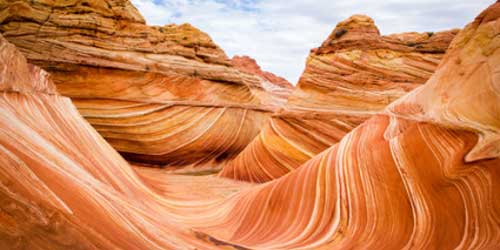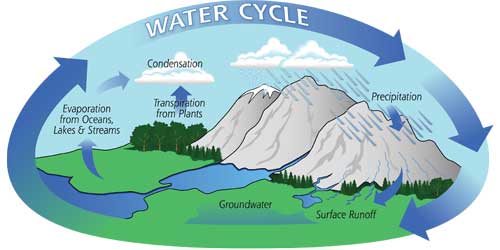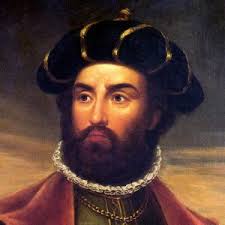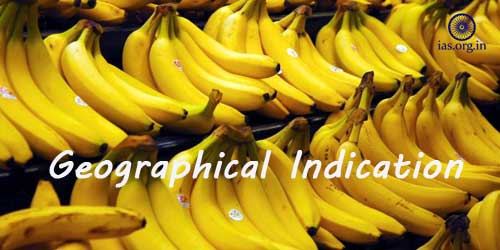Erosion is the wearing away of the land by forces such as water, the wind, and ice. Erosion has helped to form many interesting features of the Earth‘s surface including mountain peaks, valleys, and coastlines.
There are many different forces in nature that cause erosions. Depending on the type of force, erosions can happen quickly or take thousands of years. The three main forces that cause erosion are water, the wind, and ice.
Must Read: Water Resources of India
Erosion by Water
Water is the main cause of erosions on Earth. Although water may not seem powerful at first, it is one of the most powerful forces on the planet. Here are some of the ways that water causes erosion:
- Rainfall – Rainfall can cause erosions both when the rain hits the surface of the Earth, called splash erosions, and when raindrops accumulate and flow like small streams.
- Rivers – Rivers can create a significant amount of erosions over time. They break up particles along the river bottom and carry them downstream. One example of river erosion is the Grand Canyon which was formed by the Colorado River.
- Waves – Ocean waves can cause the coastline to erode. The sheer energy and force of the waves cause pieces of rock and coastline to break off changing the coastline over time.
- Floods – Large floods can cause erosions to happen very quickly acting like powerful rivers.
Also Read: Water Cycle
Erosion by Wind
The Wind is a major type of erosion, especially in dry areas. The Wind can erode by picking up and carrying loose particles and dust away (called deflation). It can also erode when these flying particles strike the land and break off more particles (called abrasion).
Erosion by Glaciers
Glaciers are giant rivers of ice that slowly move carving out valleys and shaping mountains.
Also Read: Monsoon, Floods and Droughts
Other Forces
- Living organisms – Small animals, insects, and worms can add to erosions by breaking up the soil so it is easier for the wind and water to carry away.
- Gravity – The force of gravity can cause erosions by pulling rocks and other particles down the side of a mountain or cliff. Gravity can cause landslides which can significantly erode an area.
- Temperature – Changes in temperature caused by the Sun heating up a rock can cause the rock to expand and crack. This can cause pieces to break off over time and lead to erosions.
Human activity has increased the rate of erosions in many areas. This happens through farming, ranching, cutting down forests, and the building of roads and cities. Human activity has caused about one million acres of topsoil to erode each year.
Have a Look at: Minerals: India’s Mineral Resources
Erosion Control
There are things that can be done to limit the amount of erosions caused by human activity. This includes planting trees around farmland to protect it from the wind, moving herds around so that grasslands will grow back, and planting new trees to replace the ones cut down.
Interesting Facts about Erosion
- The word erosion comes from the Latin word “erosion em” which means “a gnawing away.”
- Scientists estimate that the Colorado River has been eroding the Grand Canyon for many millions of years.
- Wind erosions can cause huge dust storms.
- The fastest glacier ever moved over seven miles in three months.
- Fossils in sedimentary rock are often uncovered by erosions.
Don’t Miss:
World’s 10 Greatest Ocean or Seas, Deserts, and Mountains





